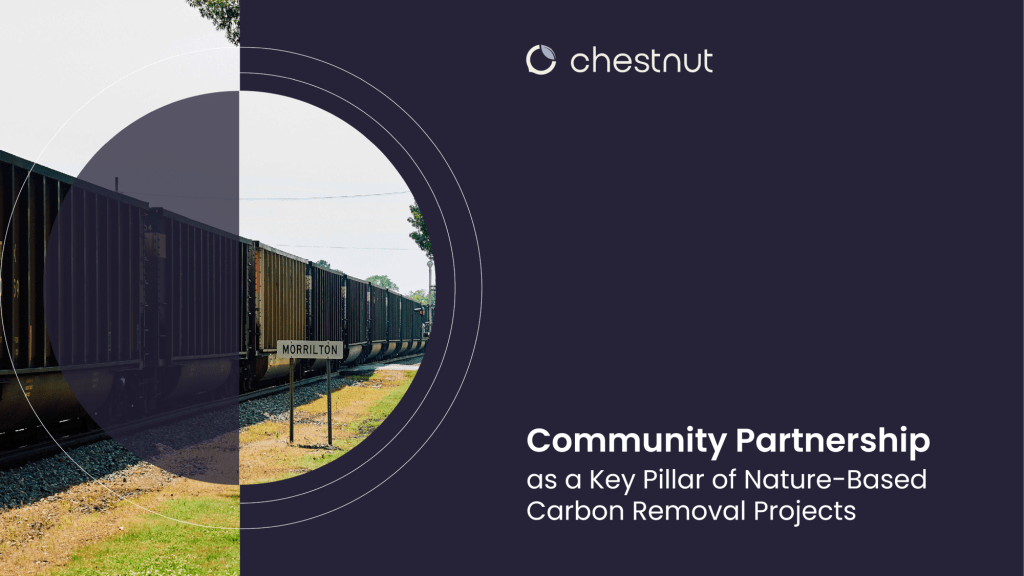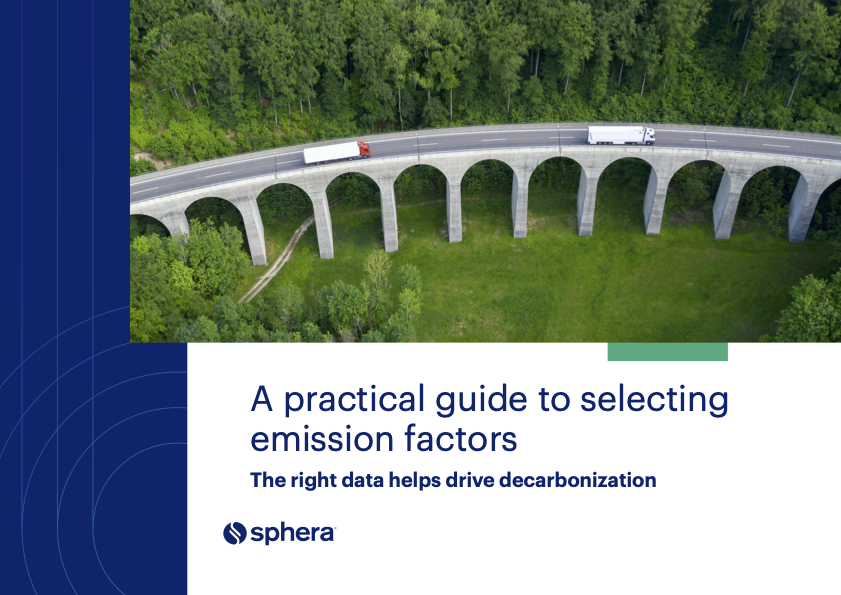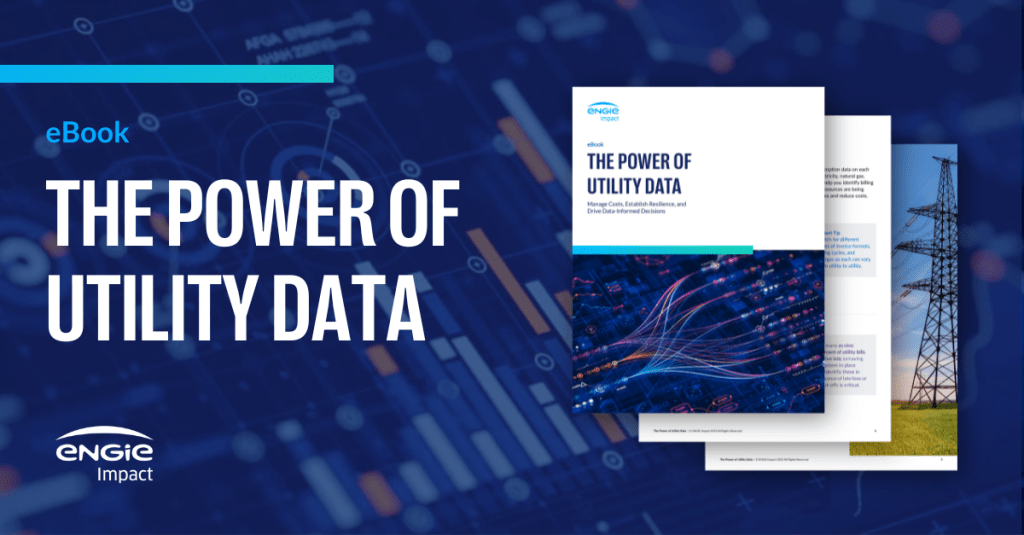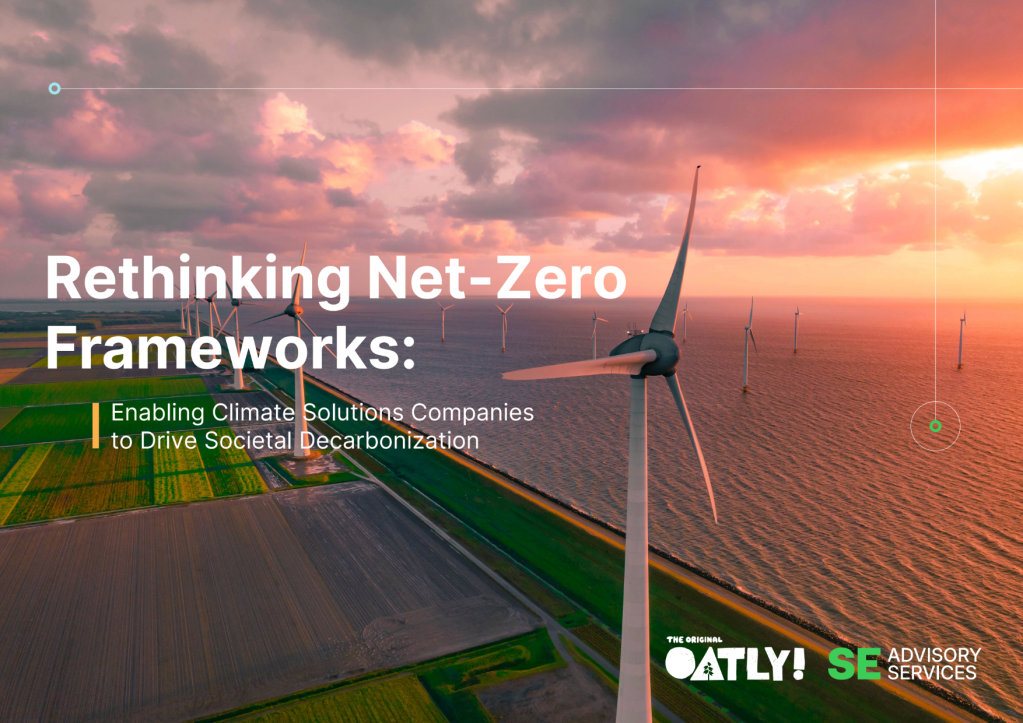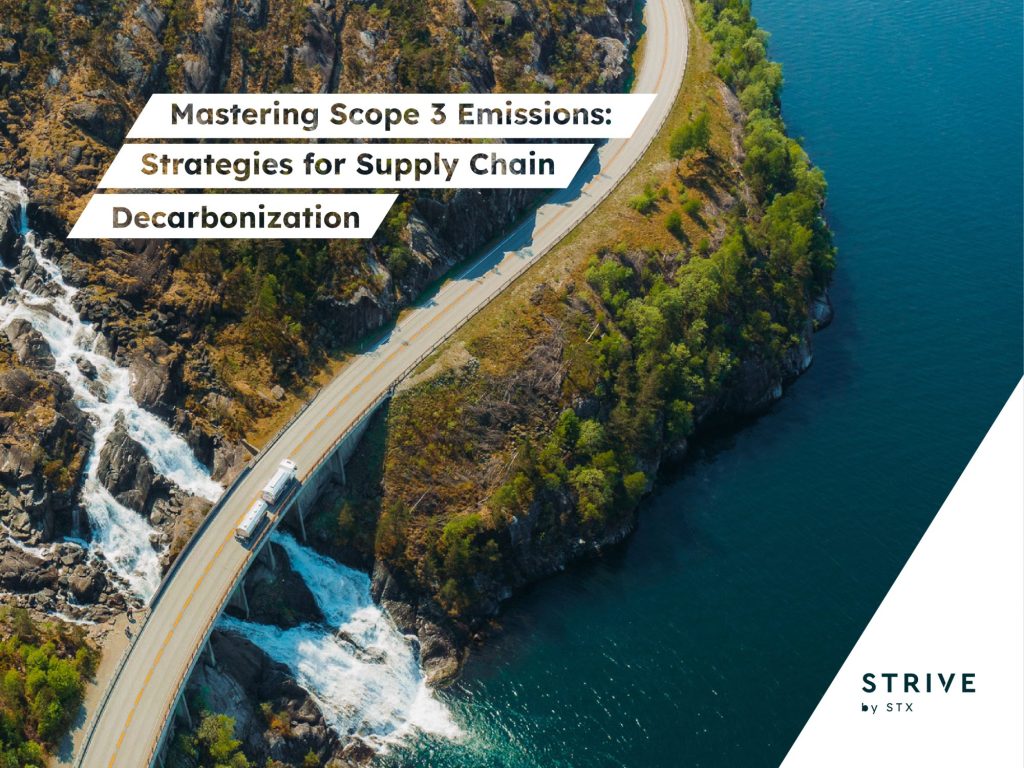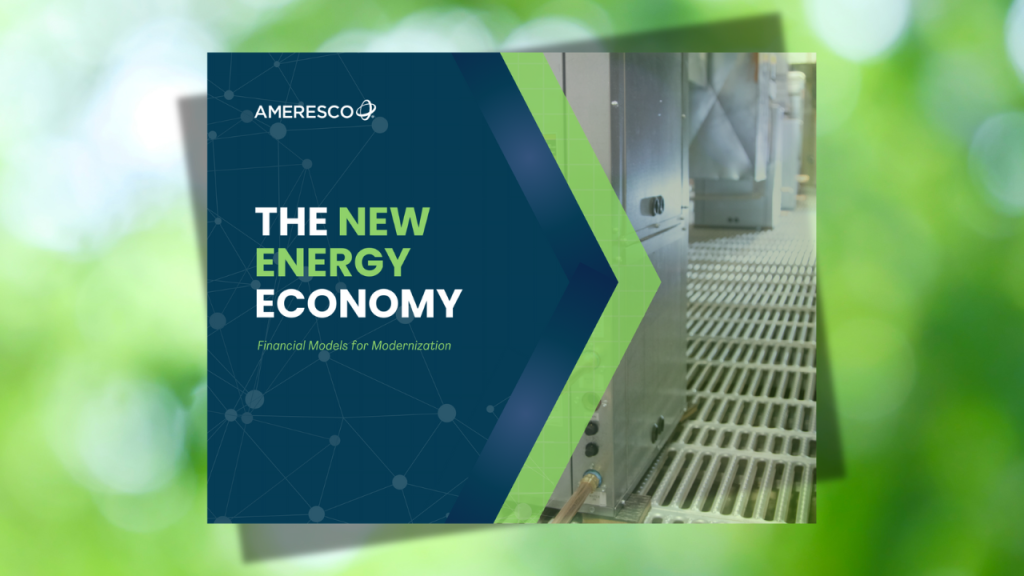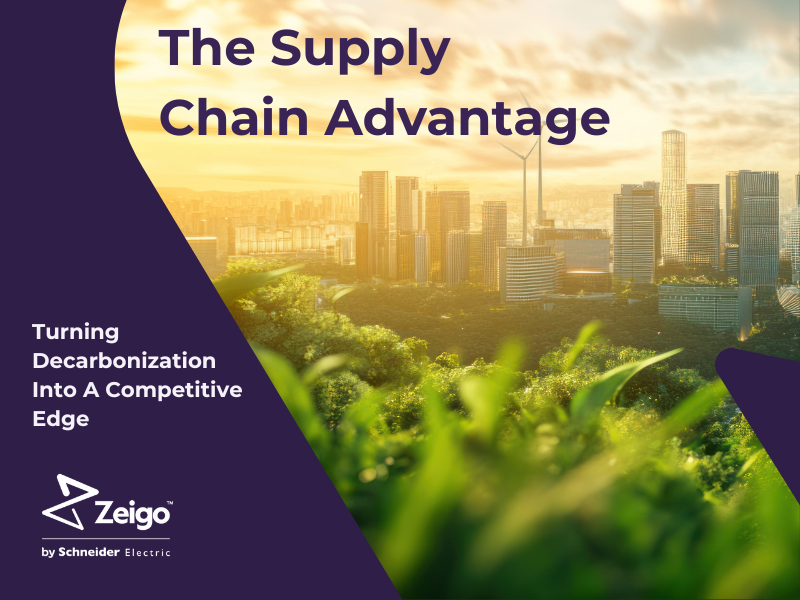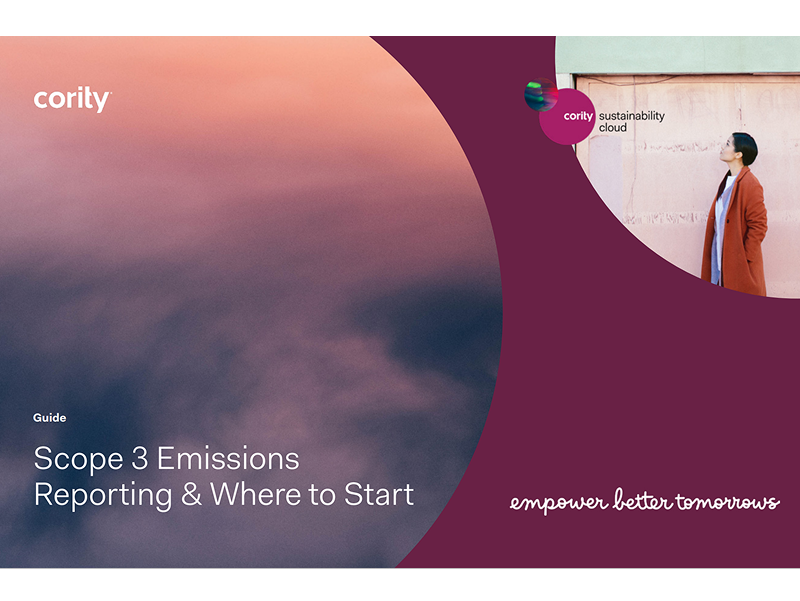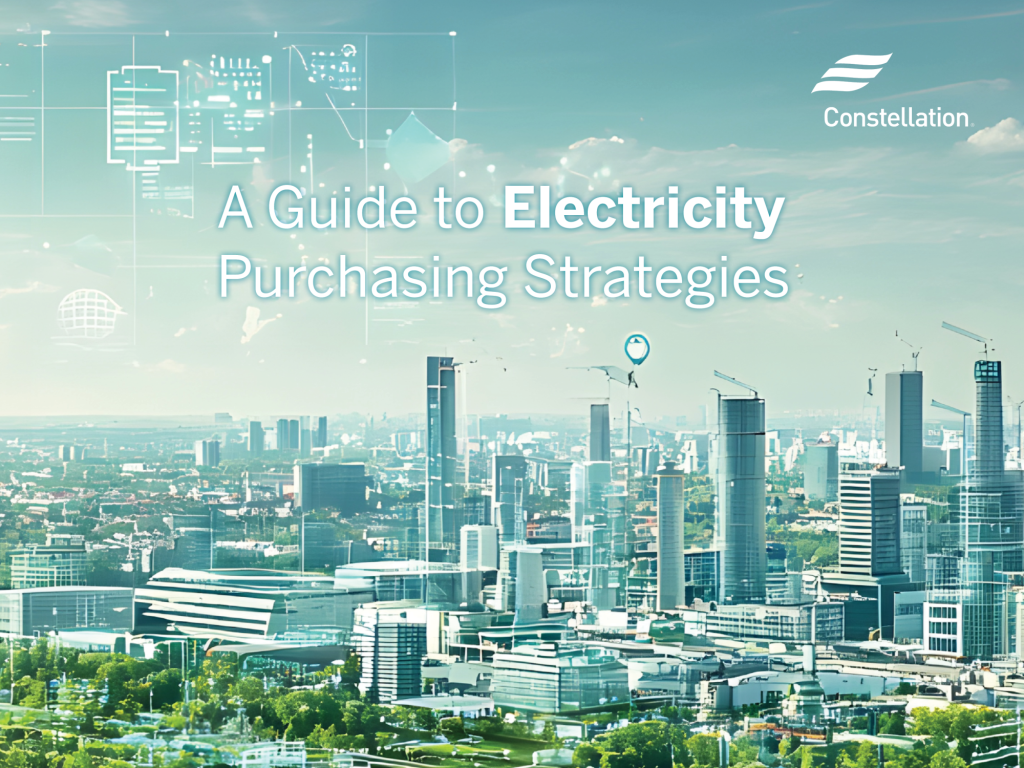Industry eyes carbon credit gold in mining waste
Mining companies are inking deals with startups that promise to turn waste into wealth by sucking carbon dioxide from the atmosphere. Read More
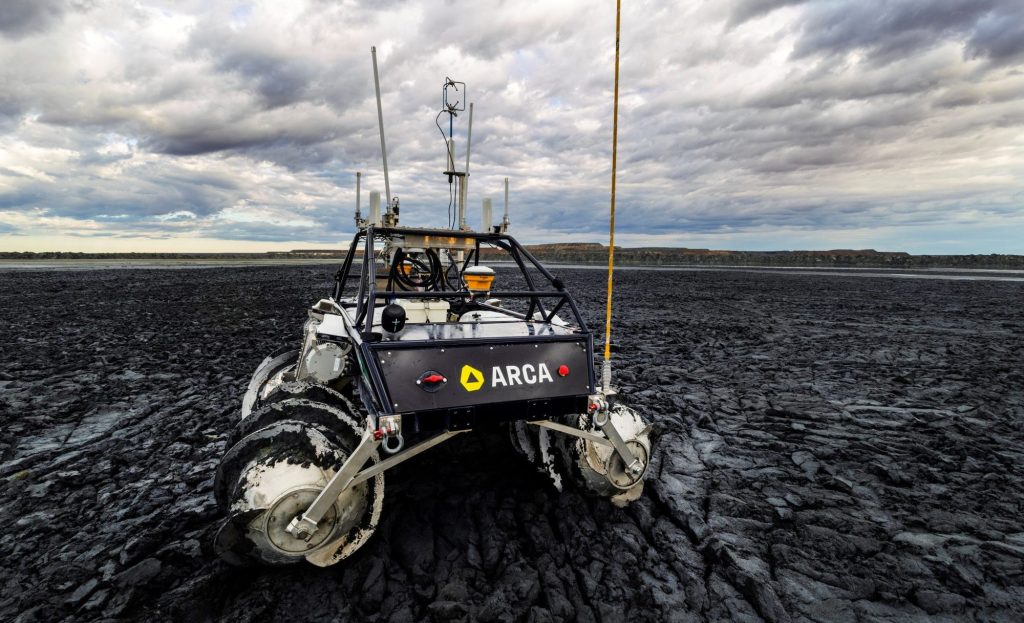
-
- The billions of tons of mining waste stored worldwide contains minerals that react with and lock away CO2.
-
- A successful trial using waste heaps at a BHP mine in Australia is in the process of wrapping up.
-
- If the approach scales, it could lead to the creation of a new and relatively low-cost credit for durable carbon removal.
A new class of durable carbon removal credit that comes with multiple co-benefits is making its way to market.
Mining companies have been exploring the potential of using waste materials to draw down atmospheric carbon dioxide for several years. Recent months have seen a burst of activity, including the release of a standard to guide the process, new deals and the completion of a successful pilot project.
The largest demonstration of the approach to date is currently wrapping up at the Mount Keith open pit nickel mine in Australia, which is run by mining giant BHP. Over roughly 18 months, a rover operated by removal startup Arca crisscrossed heaps of mine waste on the site. The rover churned the surface, exposing magnesium-rich minerals to the air and triggering a reaction that locks away CO2 in carbonate minerals that will remain stable for thousands of years.
The pilot achieved its primary goal by showing that the process could be successfully integrated into the operations of the mine, said Sean Lowrie, Arca’s head of external affairs. It also produced data that affirms the potential of mining waste to sequester CO2. Lowrie estimates that the churning caused the 40-acre site to absorb an additional 60 tons of CO2 per acre per year. The company is working on a technique, based on using microwaves to further break up the waste, which it hopes will increase that rate around a hundred-fold.
Gigaton opportunity
There are billions of tons of waste at mine sites in the U.S. alone, and several types are suitable for carbon removal. Globally, the sequestration potential of mine wastes is estimated to run to billions of tons annually — a huge number for a single drawdown mechanism given that net-zero pathways typically require tens of billions of tons of removal a year.
“Our technology is rooted in this notion that rocks have an almost unlimited capacity for durable carbon storage, at least relative to our rates of emission,” said Laura Lammers, founder and CEO of Travertine, a startup working on a removal application for mining waste.
It’s not only scale that has advocates of mining removal excited. Because mines typically have large footprints and process huge amounts of rock, there may often be limited additional environmental impact to adding infrastructure to the sites. Some removal processes can also address toxicity problems: A startup known as BAIE Minerals, for example, is developing a project in Newfoundland, Canada, that would process waste from a local asbestos mine.
In other cases, companies are attempting to integrate carbon removal into existing industrial processes to create multiple revenue streams. Travertine’s process uses sulfate mine waste to produce a calcium-rich residue that can capture CO2. But carbon removal is not the company’s sole goal: it’s process also produces sulfuric acid, a widely used chemical. This fall, the company will open a demonstration plant in upstate New York with the capacity to capture 60 tons of CO2 annually. A commercial-scale plant is slated for 2028, said Lammers.
Winsome, an Australian lithium miner, announced this January that it’s working with Arca and others to explore the potential of removal credits to bolster revenues from a mine in Renard, Canada, that it has acquired an option to operate. Another of Winsome’s partners is Aquarry, a startup that adds alkaline mine waste to pit lakes in old mines, accelerating the uptake of CO2 by the water. Isometric, a carbon removal registry that this year published what it says is the first protocol for durable CDR in the mining industry, is also involved.
Leading buyers
With the work still at pilot phase, removal credits from mining projects are not yet widely available. Lowrie said he anticipated announcing offtake agreements in the “near future.” But leading buyers haven already taken an interest. Frontier, a coalition of removal buyers that includes Google and H&M, has purchased credits from Travertine and Exterra, another partner on the Renard project. And Aquarry is part of the Milkywire Climate Transformation Fund, a vehicle for channeling corporate money into high-impact climate projects. Investors in the fund include Spotify and Ing.
The Frontier purchases are designed to support development of the technology, so the prices the coalition paid per ton — $480 and $1370 to Exterra and Travertine, respectively — are not a good indication of what the cost will be when mining removal scales up. The startups did not share precise prices with Trellis, but Lammers said credit costs will “certainly be less than $200 per ton.”
Several obstacles will need to be cleared before that can happen. Cara Maesano is the author of a recent report from the non-profit RMI that surveyed opportunities for integrating carbon removal into industrial process, including mining. She said she’s upbeat about the prospects, but noted key areas of uncertainty, including limited data on sequestration rates of mine wastes outside of lab tests. Some approaches also require significant energy inputs, which may need to be reduced to keep costs manageable.
[Join more than 5,000 professionals at Trellis Impact 25 — the center of gravity for doers and leaders focused on action and results, Oct. 28-30, San Jose.]

Subscribe to Trellis Briefing
Featured Reports

The Premier Event for Sustainable Business Leaders


